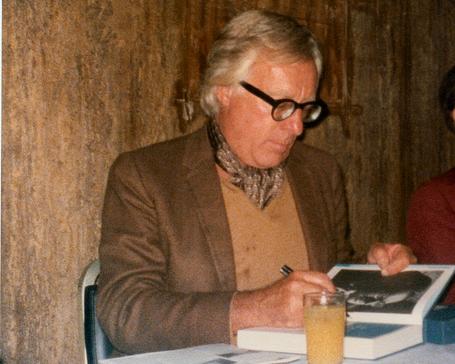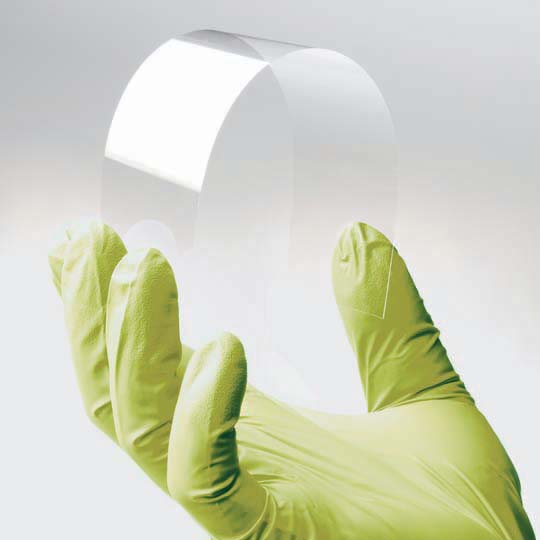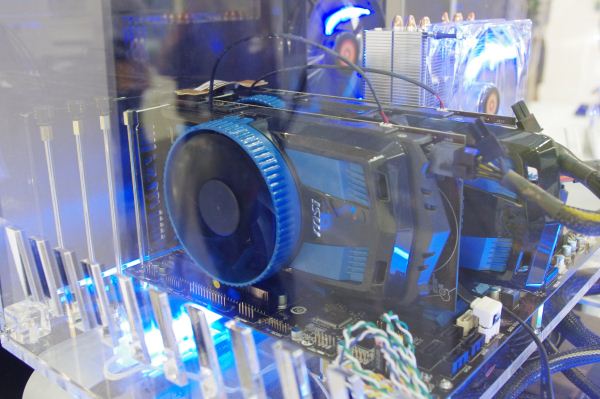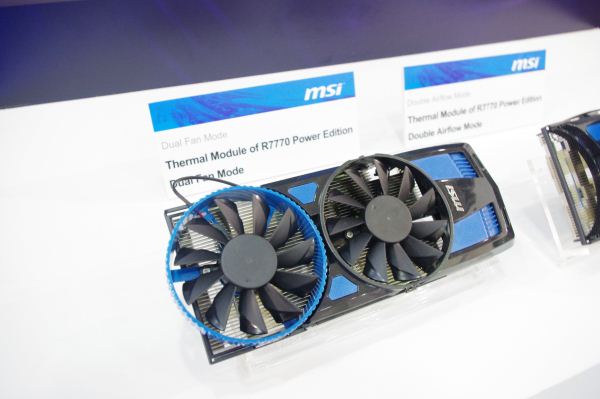
Ray Bradbury, the American author of Fahrenheit 451 and Something Wicked This Way Comes, died today. He was 91 years old.
Bradbury was born in Waukegan, Illinois, in 1920, and he spent part of his teen years in Los Angeles, where he graduated high school. He got a start in publishing as a newspaper hawker, and in 1943 he became a full-time writer. Bradbury’s first published works consisted of short stories, a form he would master over the course of his career. The prolific writer also wrote novels, essays, plays, teleplays, and poetry.
Bradbury’s The Martian Chronicles was his first big break in science fiction publishing. The series of short stories told tales of Earth’s inhabitants colonizing the planet Mars, and Bradbury collected them into a single work. He also sold The Illustrated Man at the same time as The Martian Chronicles; both works brought him commercial success. In 1953, Bradbury published Fahrenheit 451. The book’s vision of a totalitarian state that burns books proved to be a provocative ideological work that evoked strong memories of Nazi Germany during World War II and pitted a strong ideology of freedom of ideas against totalitarian regimes.
from Ars Technica











